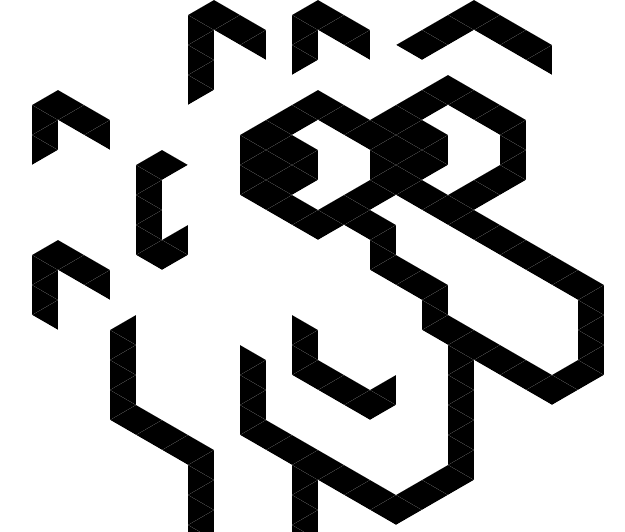*THIS POST IS PART OF A CONTINUING SERIES OF RESPONSES TO SCHOLARLY TEXTS FOR LEARNING WITH DIGITAL STORIES, A MASTER LEVEL COURSE I AM ENROLLED IN AT UC DENVER.
Comics are awesome tools for promoting new literacies in the classroom – I have found plenty of evidence in the form of scholarly text this semester that support that stance. I feel that the application of comics in the classroom for students to read is natural and something that I have already implemented throughout my teaching practice. What I have found is that I don’t have a grasp of yet is bringing comics into my practice for writing. I have always supported students that want to turn work or narratives into comics but this generally occurs when the students already see themselves as artist and are drawn to illustrating. I have evolved my thinking about teaching comics as being most beneficial in a classroom for just reluctant readers but for the whole class and have been looking for ways to open the options for writing comics for students that are not just “artists”. I found a EdTechReview article that highlights an intriguing web 2.0 storyboarding/digital comic tool – StoryboardThat.com.
I am excited to find a tool like this for two reasons, one I want to find a user friendly tool for students to use to create new literacy projects and two I want find tools that will fit my focus of graphic novels and can use with my final digital story for my master class. A few weeks back I did some research into crafting reviews of books for the same reasons and have been more critical of other reviews that I have read. The EdTechReview gives a nice overview of the this tool and provides useful analysis of how to use this tool in the classroom with children. Both as a tool for delivering content and for students to use in their creation of narratives. EdTech also does a great job of providing practical information about StoryboardThat by including pricing plans and a walkthrough for setting up an account and launching a comic strip.
Finally this article’s final recommendation was particularly well crafted. The author not only told me that this is a powerful and user-friendly tool but connected it to my classroom practice by highlighting specific competencies that this tool could be used to support. I am looking forward to experimenting with StoryboardThat with my own digital story and determining how I might use this tool in my practice.
